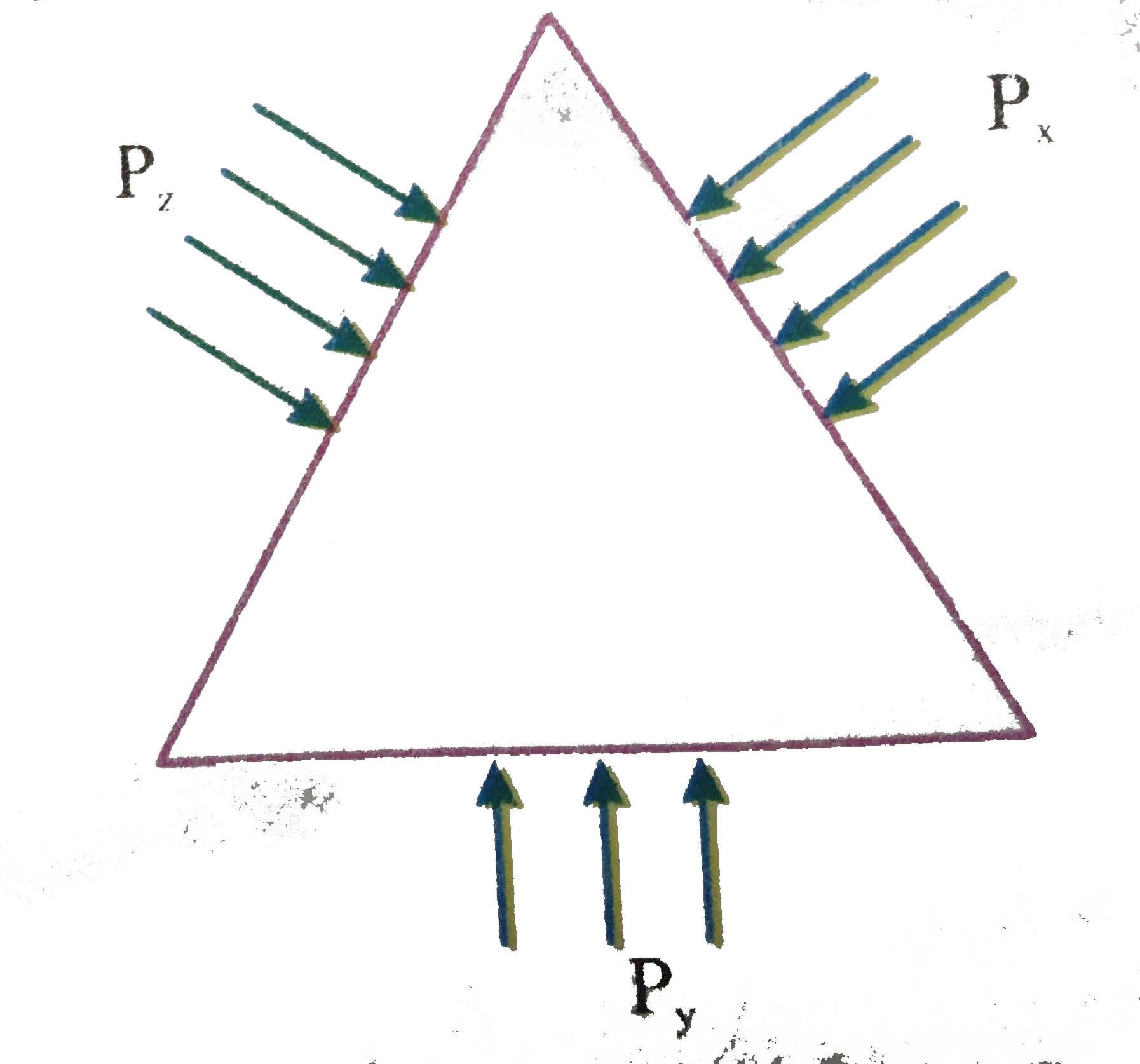Which type of overlapping is shown by p(Px,Pyand Pz) - orbitals ?
Two end to end and one sidewise overpal
Two sidewise and one end to end overlpa
Three sidewise overlap
Three end to end overlap
The correct Answer is:b
Pzorbital by convention undergoes end to end
overlapping and Px,Py undergo sidewise overlapping .
(##MRV_CHE_MCQ_XI_C05_E01_266_S01.png" width="80%">
Topper's Solved these Questions
- NATURE OF CHEMICAL BOND BOOK - MARVEL PUBLICATIONCHAPTER - NATURE OF CHEMICAL BOND EXERCISE - TEST YOUR GRASP
50 Videos
- BASIC PRINCIPLES AND TECHNIQUES IN ORGANIC CHEMISTRYBOOK - MARVEL PUBLICATIONCHAPTER - BASIC PRINCIPLES AND TECHNIQUES IN ORGANIC CHEMISTRYEXERCISE - Test your grasp
40 Videos
- REDOX REACTIONS BOOK - MARVEL PUBLICATIONCHAPTER - REDOX REACTIONS EXERCISE - TEST YOUR GRASP
21 Videos
Similar Questions
Knowledge Check
How do px,py and pz atomic orbitals differ ?
ATwo end to end and one sidewise overlapBTwo sidewise and one end to end overlapCThree sidewise overlapsDThree end to end overlaps
A triangular element of the liquid is shown in the fig. Px,Py and Pz represent the pressures on the element of the liquid then:APx=Py≠PzBPx=Py=PzCPx≠Py≠PzDP2x+P2y+P2z= constant2px,2py and 2pz orbitals differ in their
AenergyBorientationCshapeDsize.
A p-sub-shell which consists of px, py and pz orbitals contains only one electron. In which one of these three orbitals should the electron be located ?
View SolutionIf molecular axis is X then which of the following overlapping will form π bond
pz+pz,px+px,px+py,px+pz,py+py
View SolutionAssuming the bond direction to the z-axis, which of the overlapping of atomic orbitals of two atom (A) and (B) will result in bonding ?
(I) s-orbital of A and px orbital of B (II) s-orbital of A and pz orbital of B
(III) py-orbital of A and pz orbital of B (IV) s-orbital of both (A) and (B)
View SolutionWhich of the molecule has p-p overlapping ?
View SolutionA molecule (X) has (i) four sigma bonds formed by hte overlap of sp2 and s orbitals, (ii) one sigma bond formed by sp2 and sp2 -orbitals nad (iii) on π-bond formed by pz and pz orbitals. Which of the following is X?
View Solution
